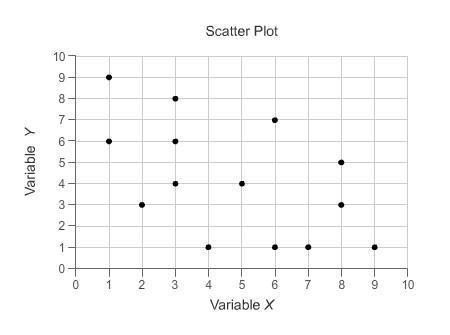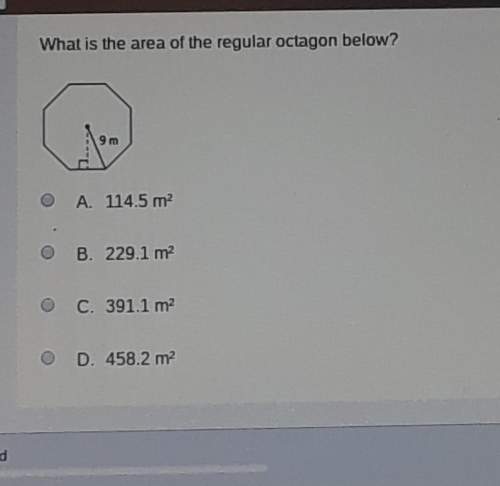
Mathematics, 12.08.2020 07:01 niyawilliams23
Use Theorem 7.4.1. THEOREM 7.4.1 Derivatives of Transforms If F(s) = ℒ{f(t)} and n = 1, 2, 3, . . . , then ℒ{tnf(t)} = (−1)n dn dsn F(s). Evaluate the given Laplace transform. (Write your answer as a function of s.) ℒ{te2t sin(5t)}

Answers: 3


Other questions on the subject: Mathematics

Mathematics, 21.06.2019 20:10, sksksksksk1
Heather is writing a quadratic function that represents a parabola that touches but does not cross the x-axis at x = -6. which function could heather be writing? fx) = x2 + 36x + 12 = x2 - 36x - 12 f(x) = -x + 12x + 36 f(x) = -x? - 12x - 36
Answers: 1

Mathematics, 21.06.2019 20:30, Destiny8372
Joe has some money in his bank account he deposits 45$ write an expression that represents the amount of money in joe's account
Answers: 2

Mathematics, 22.06.2019 00:00, mattiemattoos
One of the complementary angles is 4 degrees mor than the other. find the angles (recall that complementary angles are angles whose sum is 90 degrees.) which of the following can not be used to solve the problem if x represents one of the angles? a. 2x-4=90 b. 2x+4=90 c. x+4=90
Answers: 1
You know the right answer?
Use Theorem 7.4.1. THEOREM 7.4.1 Derivatives of Transforms If F(s) = ℒ{f(t)} and n = 1, 2, 3, . . ....
Questions in other subjects:

Mathematics, 28.01.2022 05:10

Mathematics, 28.01.2022 05:10

English, 28.01.2022 05:10


Chemistry, 28.01.2022 05:10



English, 28.01.2022 05:10







